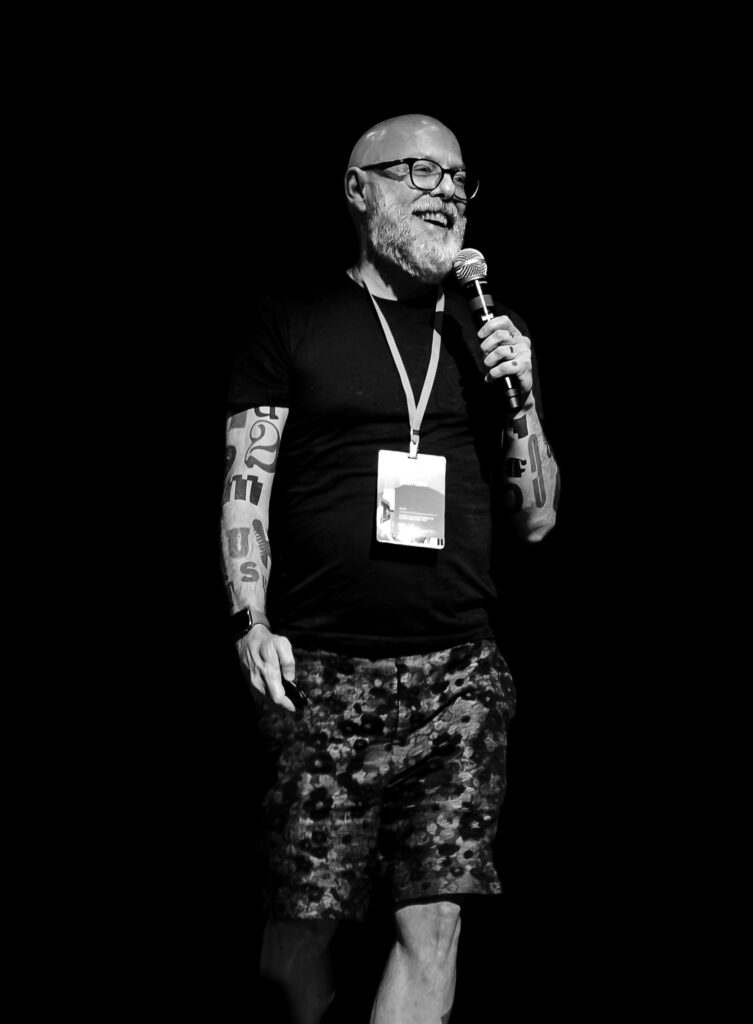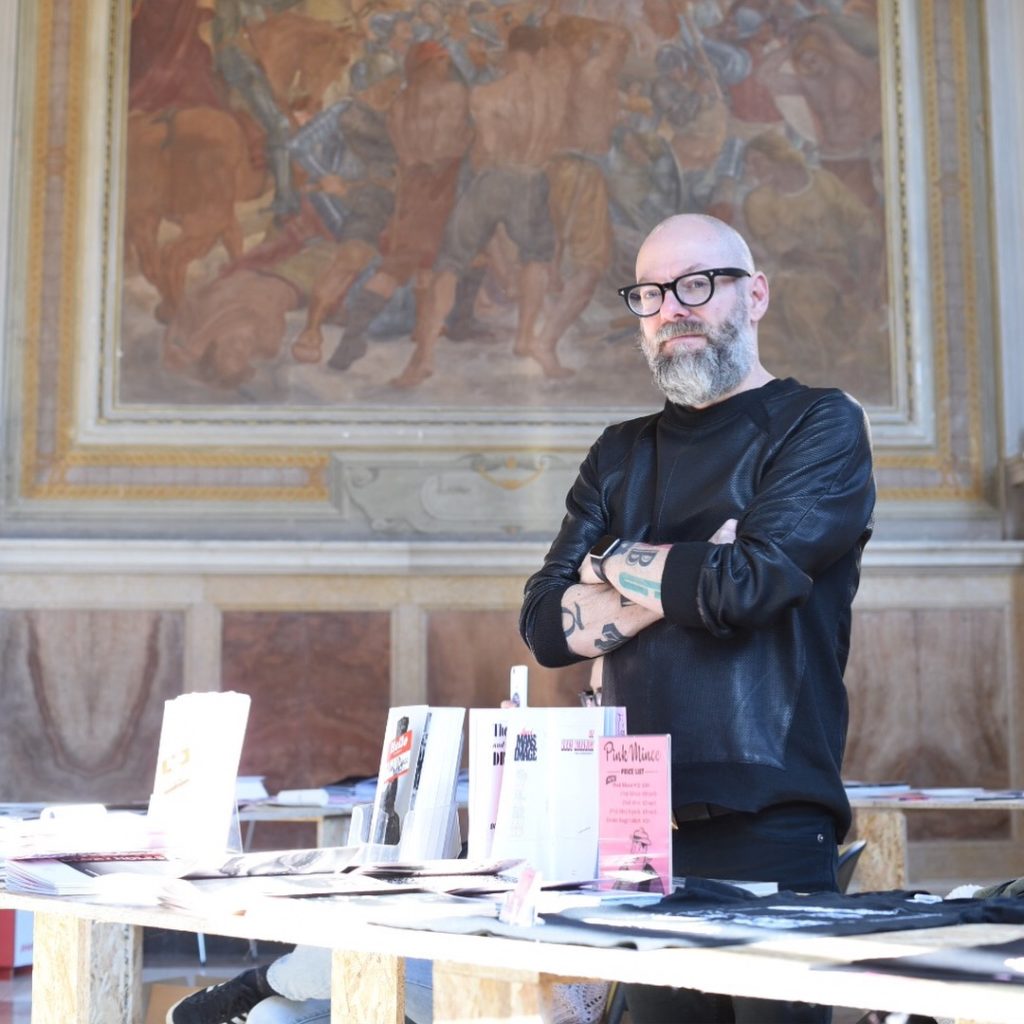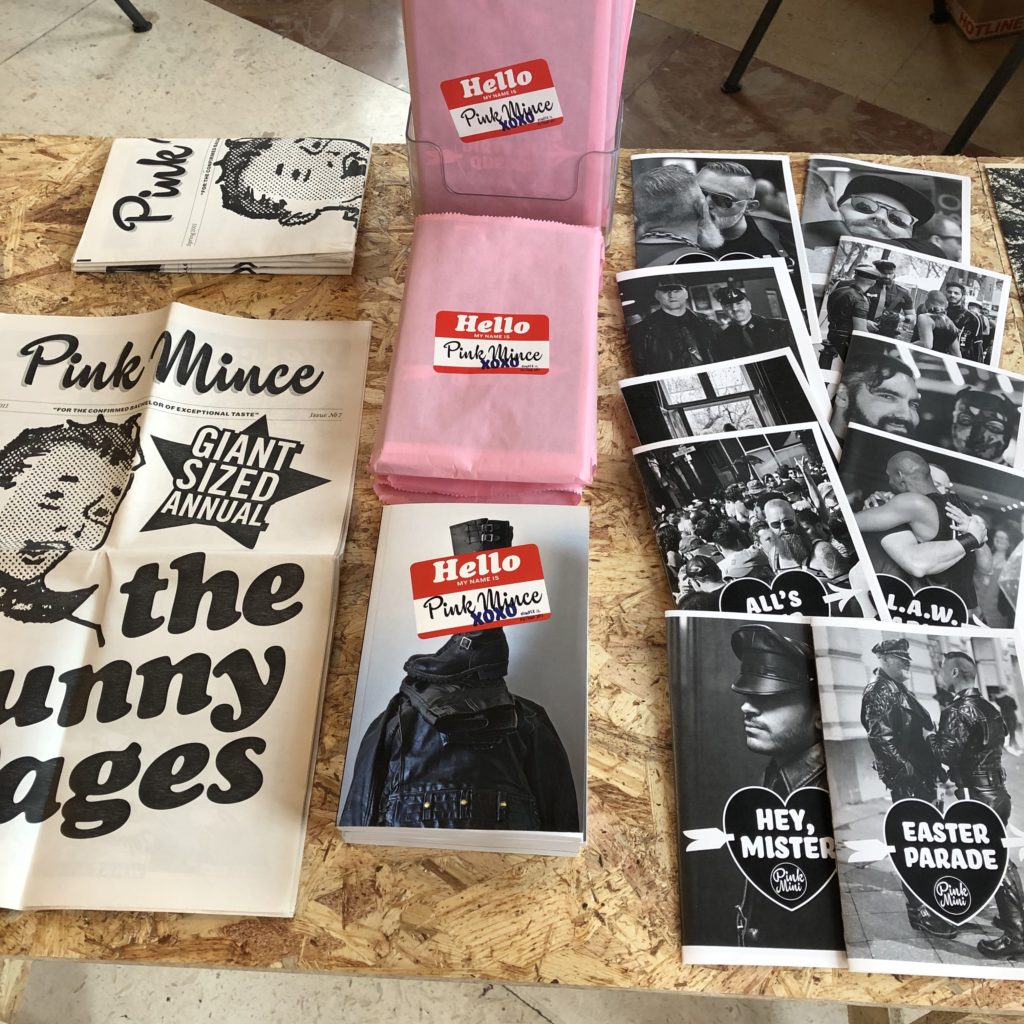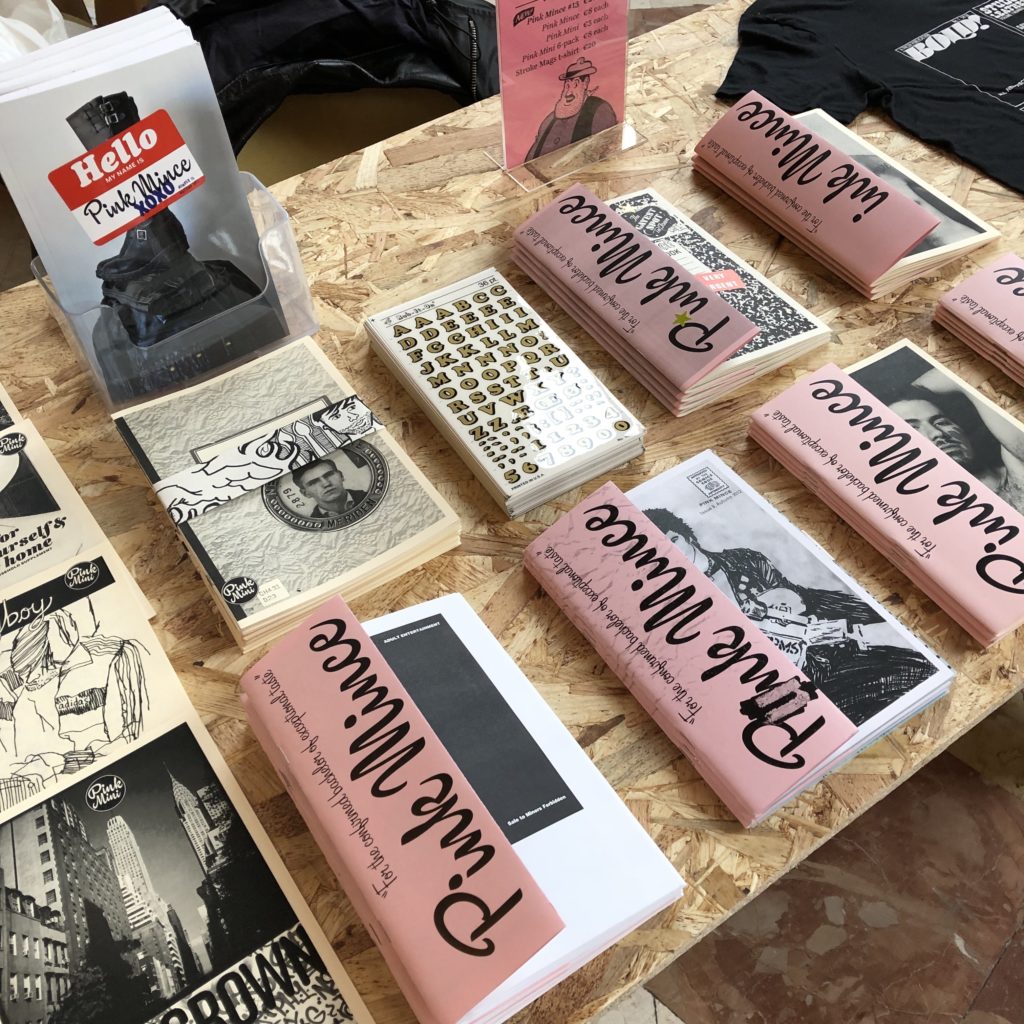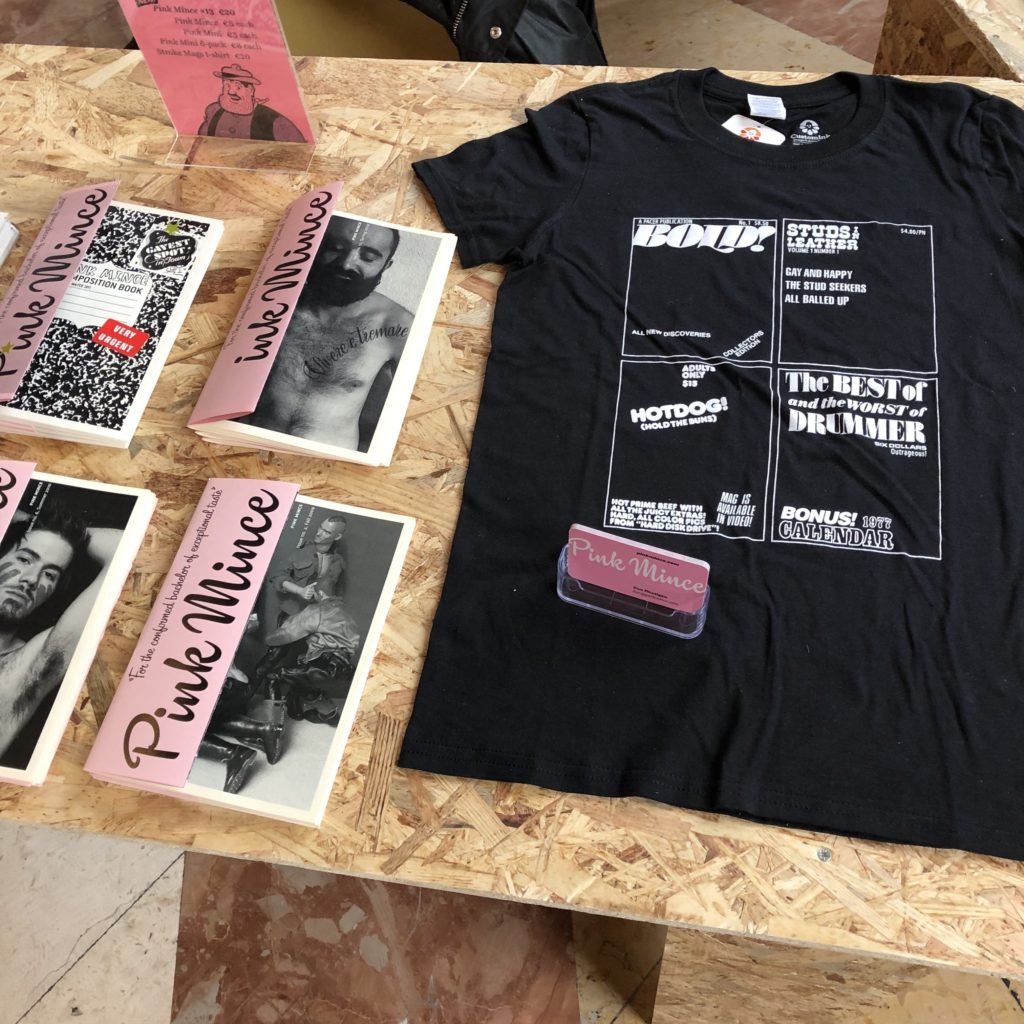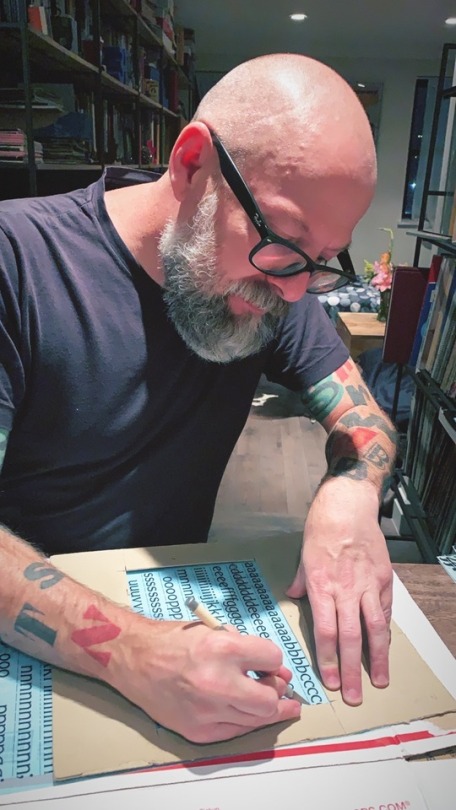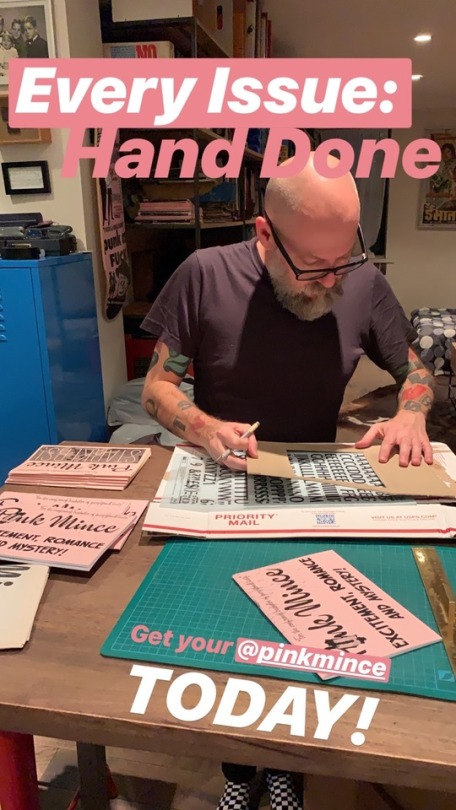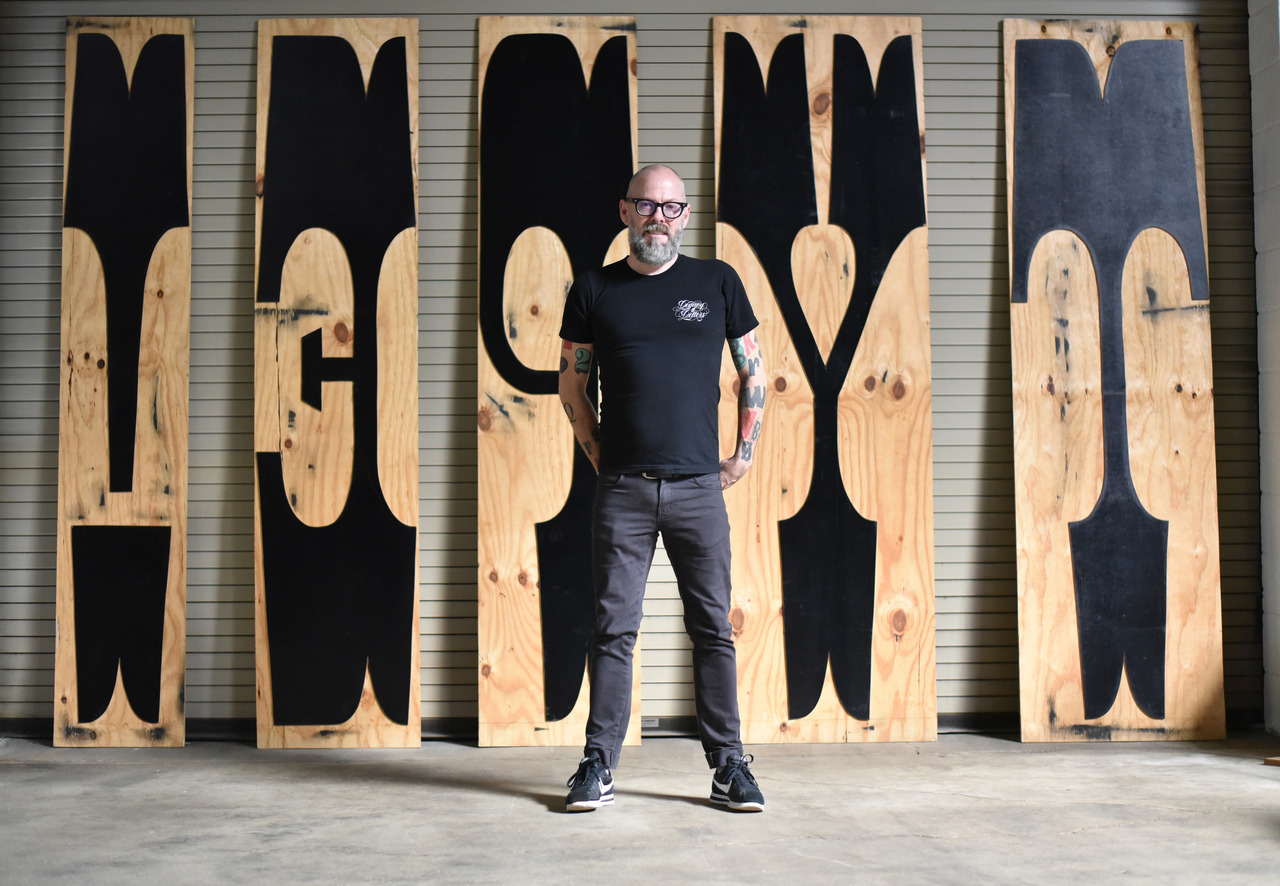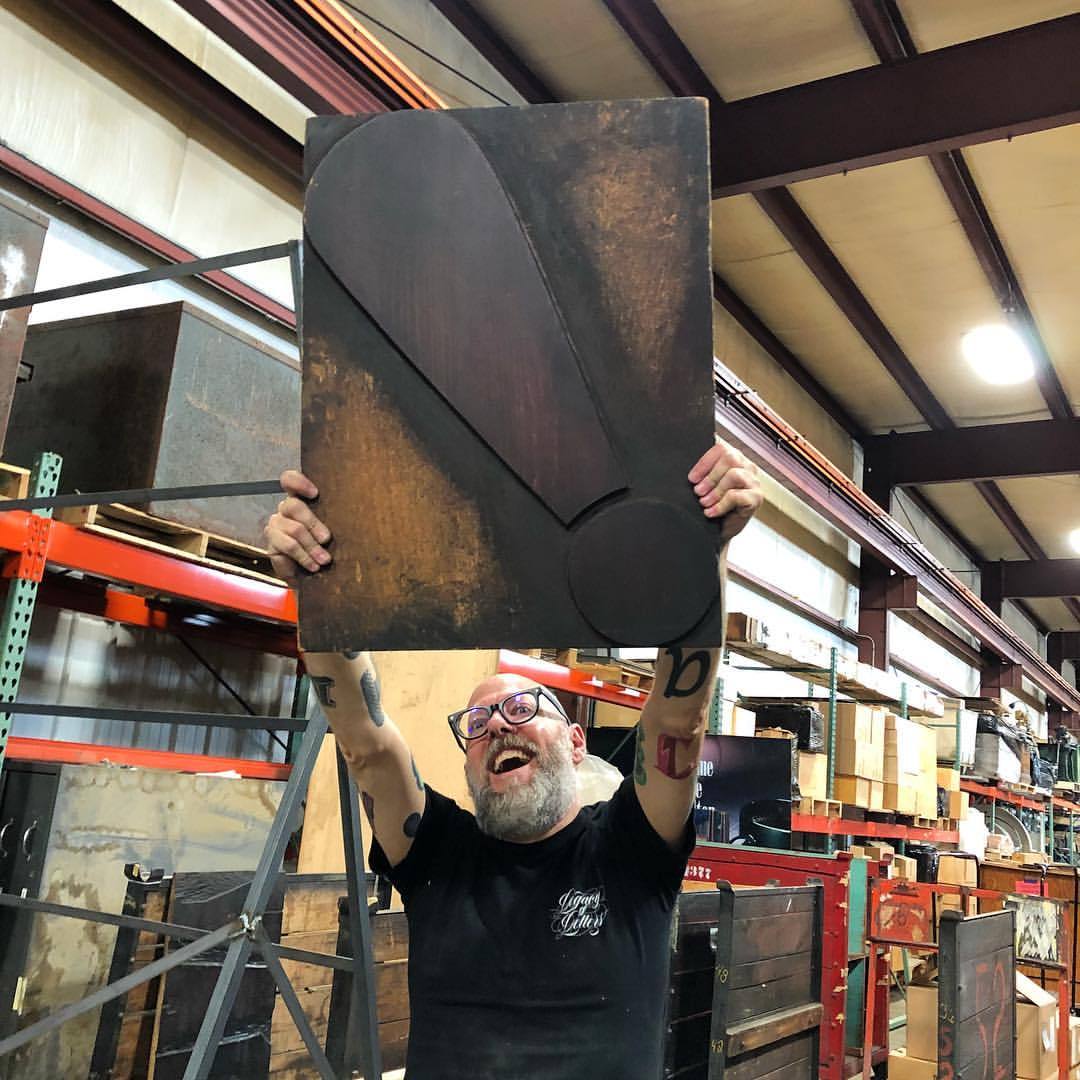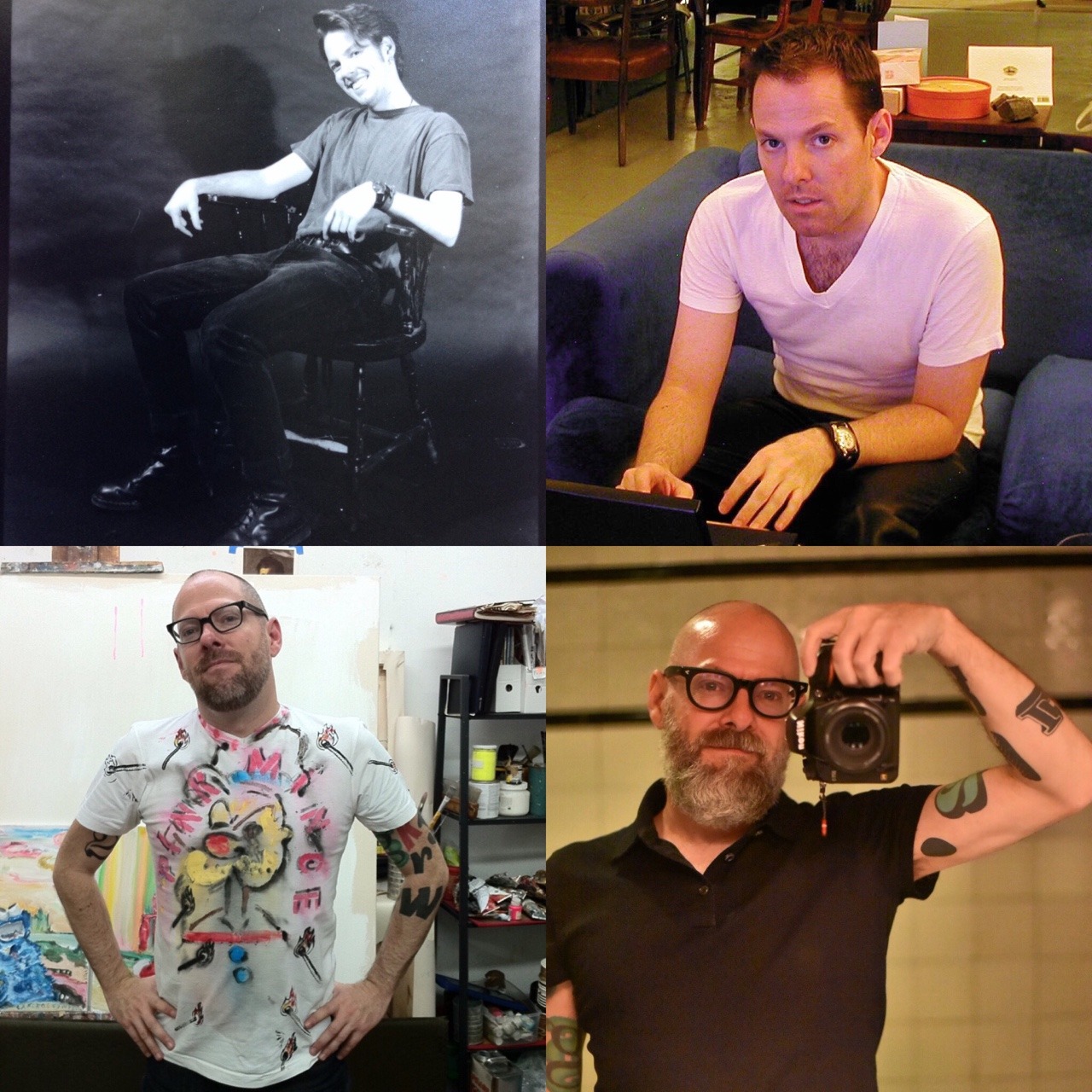For the past couple of years, a small town near the foothills of the Italian Alps has welcomed a dozen-or-so passionate typographers and I to spend our holiday not on a beach or by a pool, but rather immersing ourselves in Italian type history. Summer in the Veneto has plenty of charms for the typical visitor – incredible food and wine, sunny skies, beautiful vistas – but this group is more likely to get emotional about vintage wood type, ornate printing presses, and rare type specimens.
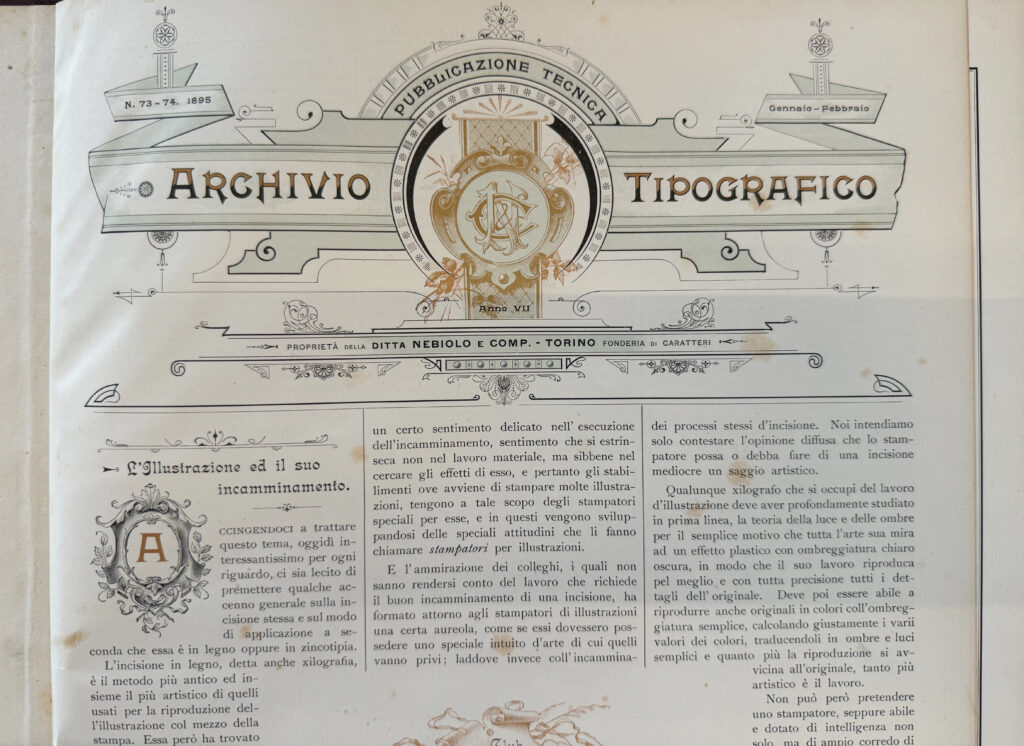
All this inspiration is part of TipoItalia, a two-week residency at Fondazione Tipoteca Italiana, a museum of type history in Cornuda, about an hour north of Venice. Tipoteca holds an extraordinary collection of material gathered from printers and typefounders all across Italy, and it serves as the home base for a creative getaway. Participants of TipoItalia get to see all kinds of type and lettering – inside the museum and out – and work together in the museum’s print studio to transform what they see around them into new work, experimenting with letterpress printing, bookbinding, and digital type design.
Continue reading “Finding a creative jump-start”
